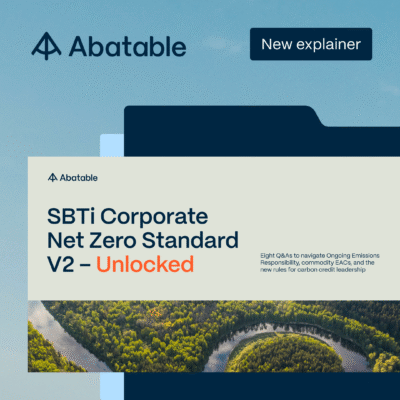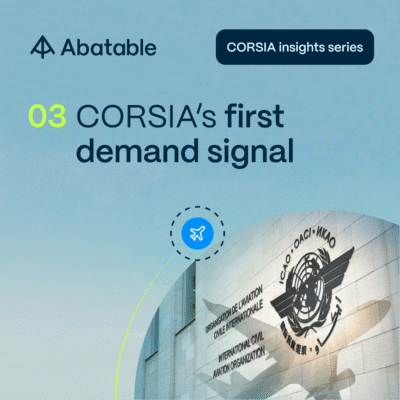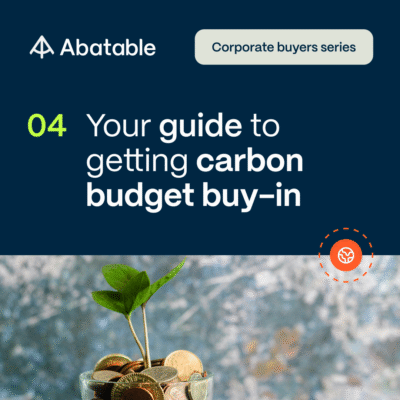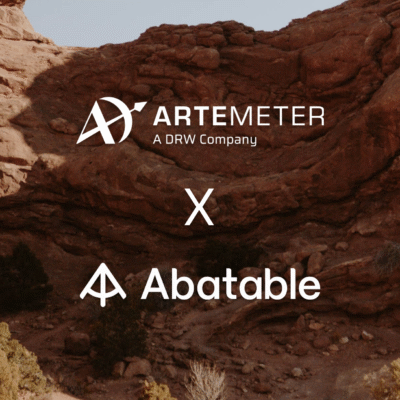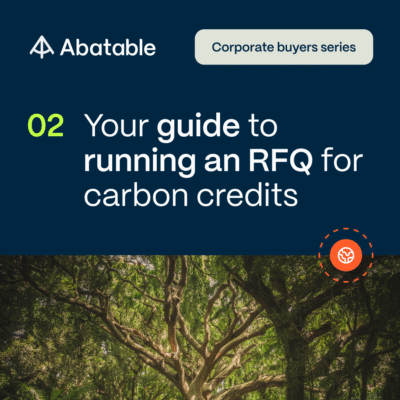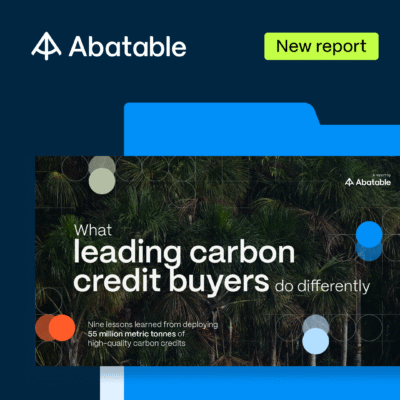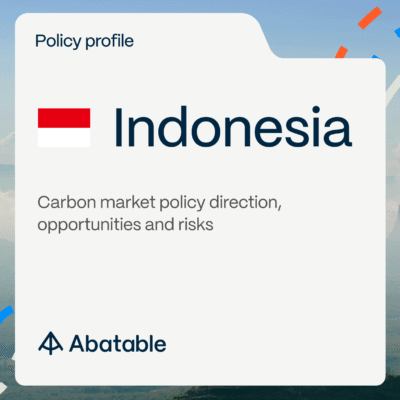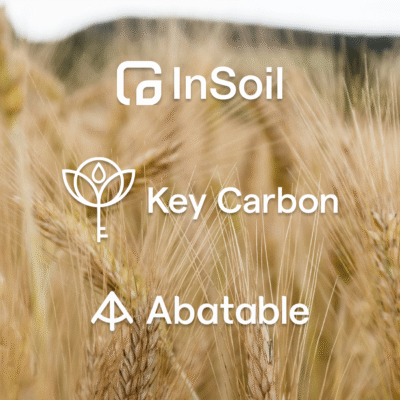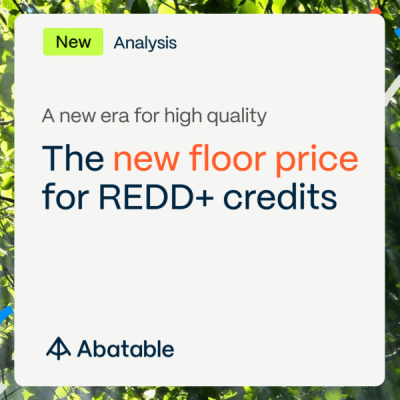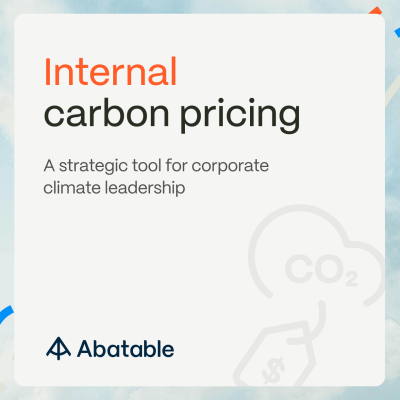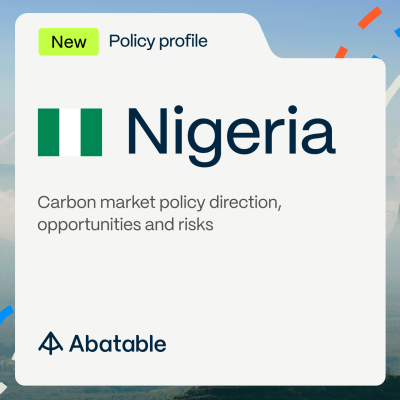Securing budget for climate action means speaking the language of business value, not just environmental responsibility. This article, the final in our corporate buyers series, is designed to help build a compelling case for carbon budgeting that resonates with CFOs and senior leadership, grounded in risk management, regulatory readiness, and long-term strategic advantage.
Getting buy-in for your carbon budget starts with knowing your audience. For many CFOs, carbon is still seen as a cost centre, not an opportunity for strategic advantage. If you’re responsible for climate action inside your organisation, you’ll need to explain how carbon budgeting supports risk management, long-term value creation, and regulatory readiness.
Here we outline a practical starting point for that conversation.
Carbon budgeting: Where to start
Before you approach leadership, ensure your carbon budgeting proposal is backed by a clear framework.
This begins with defining your emissions baseline across all scopes, and then setting emissions goals that are aligned with external frameworks. This will set the tone for your budget and help you benchmark your ambition.
How to set a carbon budget
There’s no one-size-fits-all method. As we’ve previously outlined, organisations typically adopt one of three approaches:
- Price taker: Budget based on market or carbon tax prices. This is the most common strategy, but it can lead to price volatility. Outcomes vary based on what you peg the budget to – low-value credits deliver minimal impact, while EU ETS-aligned pricing raises ambition.
- Price setter: A top-down strategy where you define an internal carbon price (e.g., $80/tonne) to steer investment and operational choices. This helps integrate climate risk into financial planning and can also accelerate internal decarbonisation.
- Hybrid models: Some firms use a blend, for instance internal pricing for some scopes, shadow pricing for procurement, or internal cap-and-trade schemes to simulate market pressure and drive efficiency.
Making the case to management
Before approaching management with your carbon budget strategy, make sure you have positioned it in terms that will resonate with them.
Link to business value
Carbon budgeting isn’t merely a compliance issue. It can unlock efficiency savings, reduce exposure to volatile carbon prices, and improve resilience to future regulation. Proactive budgeting positions the business ahead of regulatory and market shifts.
Show the financial impact
Quantify the benefits. How will a carbon budget help manage costs, avoid future carbon regulation, or support internal abatement? Model scenarios and return on investment. If you’re proposing an internal carbon price, demonstrate how it informs smarter decision-making.
Highlight brand and stakeholder value
A credible carbon budget is a clear signal to investors, customers, and employees. It supports ESG targets and strengthens your licence to operate, especially in sectors facing rising environmental scrutiny.
Address common objections
Be ready to respond to questions such as: Why shouldn’t the budget go entirely to internal emissions cuts? Make it clear: carbon credits are not a substitute for reduction; they are essential for addressing residual emissions and helping scale global climate solutions.
Abatable can help upskill teams to get buy-in from key decision makers. Find out more.
Engaging the CFO and other stakeholders
The success of your carbon budget depends on how well you communicate it to key stakeholders.
Speak their language
Frame proposals in commercial terms: total cost, cost per tonne, impact on operating margins, ROI. Use real benchmarks, especially if you’re benchmarking against peers or aligning with known carbon prices.
Present flexible options
Offer a range of budget scenarios, from minimum compliance to leadership-level ambition. Make the trade-offs clear, e.g. what do you gain or risk in each case?
Connect to wider business goals
Show how the carbon budget supports broader strategy, whether that’s supply chain resilience, investor confidence, or sustainable growth.
Involve key departments early
Bring finance, procurement, and operations into the conversation from the outset to ensure alignment and buy-in and prevent problems arising later in the process.
Final thoughts
Finance leaders increasingly recognise that carbon is a legitimate business issue. If you want your organisation to act with credibility and clarity, your carbon budget must be grounded in strategy, as well as science.
Speak in outcomes, not intentions. Bring the numbers. And show how carbon budgeting helps the business stay resilient, relevant, and prepared for the future.
Read more about how expert carbon credit buyers approach getting internal buy-in and other aspects of carbon procurement in our report: What leading carbon credit buyers do differently.
Read the other articles in our corporate buyers series:
- Navigating carbon credit integrity: What every buyer needs to know
- How to run an RFQ to access high-quality carbon credits, faster
- How to approach carbon credit claims confidently in a rapidly evolving market
Abatable can help plan carbon credit strategies, develop carbon budgets and facilitate carbon market education for key internal stakeholders. Contact us to find out more.


